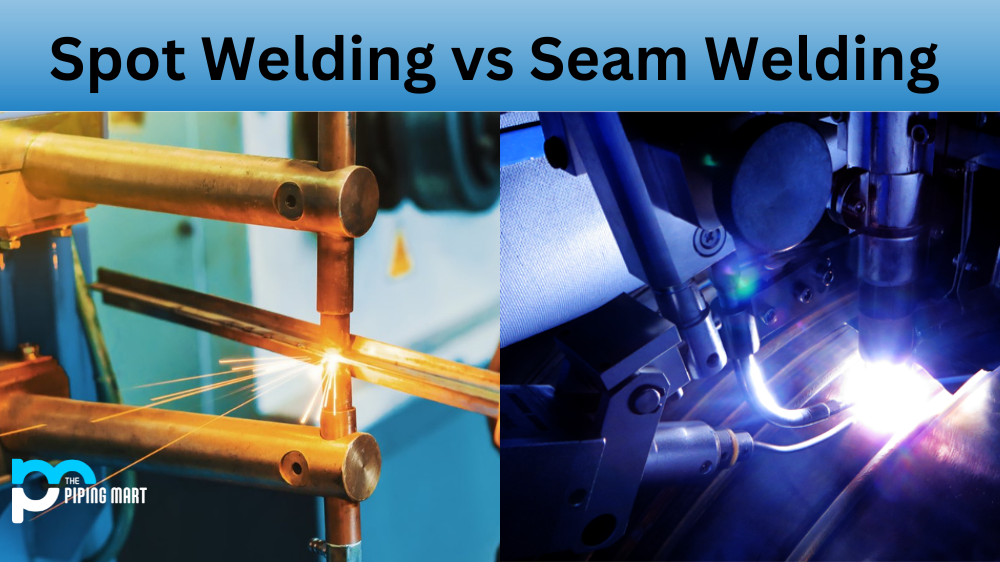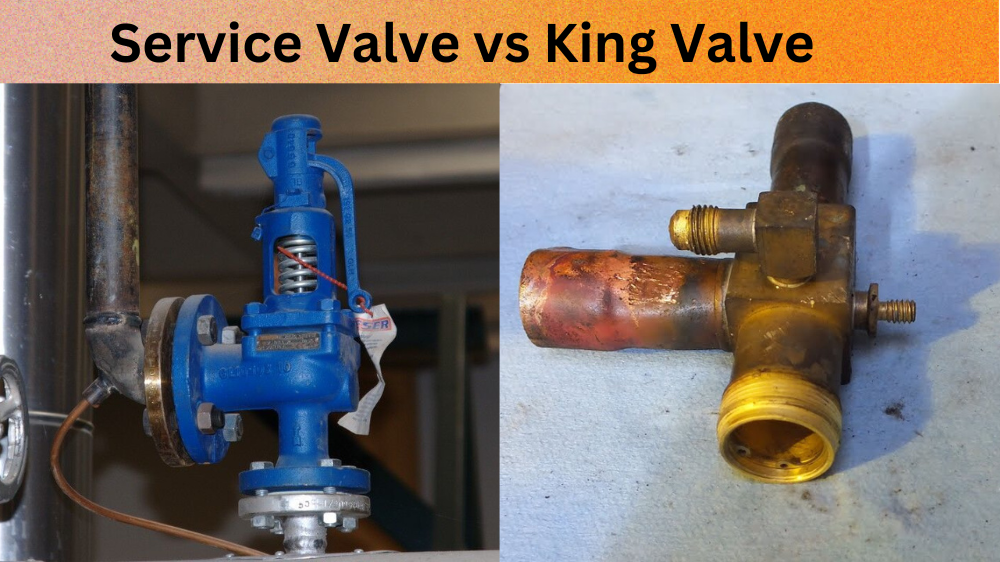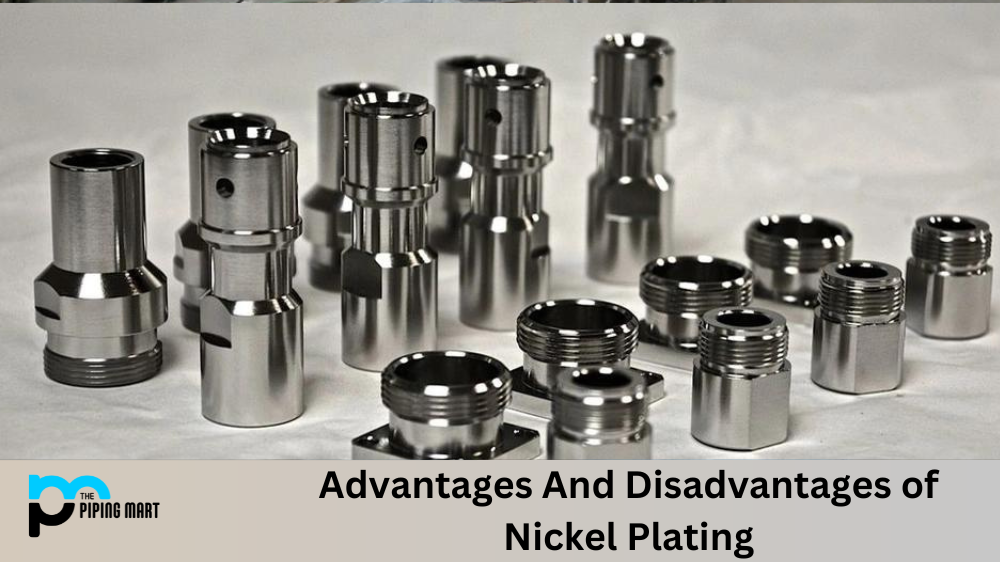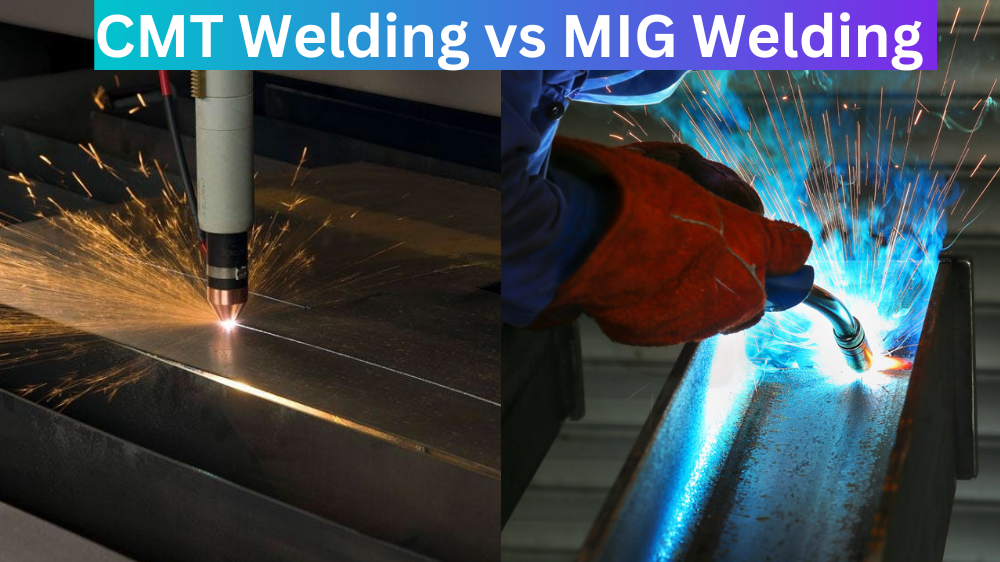Spot welding and seam welding are two common types used for many projects. If you’re unsure which one to use for your project, it helps to understand the differences between these two methods. Let’s look at spot welding vs seam welding and how they differ.
Spot Welding
Spot welding is a process that uses both heat and pressure to join two pieces of metal together. In this process, an electric current is applied through copper electrodes that press against the workpiece. This creates resistance, which generates heat and melts the metals, forming a bond between them. The electric current is shut off once the workpiece has been joined together. Spot welders can be easily automated using robots or other automated systems. This makes spot welders ideal for high-volume production jobs, such as automotive production lines, where consistency is important.
Seam Welding
Seam welding works much the same way as spot welding but on a larger scale. Instead of just pressing two pieces of metal together with electrodes, a continuous loop of wire is passed through an electrode wheel to create a seam along the length of the welded joint. The wire passes through a series of rollers that apply pressure on either side of the joint while supplying a steady electric current to generate heat and melt the metals together. Seam welders are often used for products that require long seams, such as fuel tanks or pipes. They can also be used in applications where strength is critical since they create stronger bonds than spot welders do due to their longer lengths.
Difference Between Spot Welding and Seam Welding
How do Spot Welds Work?
Spot welds heat the two pieces of metal until they are hot enough to melt. The welder then applies pressure to the two pieces of metal, which causes them to fuse. As the metal cools, the weld becomes stronger.
Advantages of Spot Welding
One advantage of spot welding over other types is that it is faster and easier. Additionally, spot welding can be done without using any filler material, which makes it less expensive than other types of welding. Finally, spot welding produces a strong joint that is less likely to fail than other welds.
Advantages of Seam Welding
One advantage of seam welding over other types of welding is that it can be done without using any filler material, which makes it less expensive than other types of welding. Additionally, seam welding produces a strong joint that is less likely to fail than other welds.
Conclusion:
Spot and seam welding are both important methods in many industries today. Spot welders are ideal for projects requiring quick, consistent bonds, while seam welders offer better strength and longer seams when necessary. No matter which type of welder you choose, understanding how each one works will help ensure your project turns out exactly as planned!

Meet Bhavesh, a seasoned blogger with a wealth of knowledge and experience. From metal products manufacturing to retail, Bhavesh has a diverse background in various industries and is dedicated to sharing his insights and expertise with readers.




